When we switched to the virtual space, we also left all other tools aside that we were always using in our in-presence classroom or training. This article provides you with examples how to interact and engage by “going physical” again! And in this blog article I want to discuss PROPS! 🧭🛎⏱🎈🔮🧸📯🪕🔦
A prop literally can be anything that you find around yourself! Formally a prop describes an object used on a stage or screen by actors during a performance or screen production. When we talk about trainings or the classroom, a prop is considered to be anything movable or portable on a stage or a set, distinct from the actors, scenery, costumes, and electrical equipment. Props can be many different things such as flip charts, demonstrations, images, photos, and film footage, and even other participants or just simply an object that is in the same room where we are in. In our case, a prop is anything that I find around myself and use in front of the computer during a virtual training.
We struggle with our participants’ attention span in our online sessions: using props is one way to interact differently?
Think about: most of us left almost everything behind in march, when we switched to the virtual space. Even though we were using many more tools, most of us, (understandably) overwhelmed with the virtual setting, were just happy to manage the technology aspect of our virtual sessions.
We all learn and retain information in different ways. As a didactical expert, you must be aware of this fact and incorporate as many different ways of engaging your participants in order to reach as many of them as possible.
Well used props will help your participants to get engaged in your presentation. I frequently use them for warm up activities, icebreakers, but also to reflect on a topic that we were talking about. Props often make your points more interesting and it breaks up the monotony of only hearing you speak with a powerpoint presentation for an hour (urrgggghhh). It’s one thing to hear a new idea, but when people see your idea visually, they can develop a mental image in their mind and become visually oriented with what you are trying to explain. Therefore, I strongly encourage you to use props (again) to add variety to your virtual session.
Why using digital or physical props in general?
🎯 Props can support you to make a point concrete.
😲 Props focus the audience’s attention and interest.
💚 Props can have an emotional impact.
🧰 Props can be effective metaphors.
😂 Props can bring more humour into your virtual session.
💡 Props are memorable.
I highly recommend the following article by John Zimmer with 10 tips on how to use propos in your virtual session!
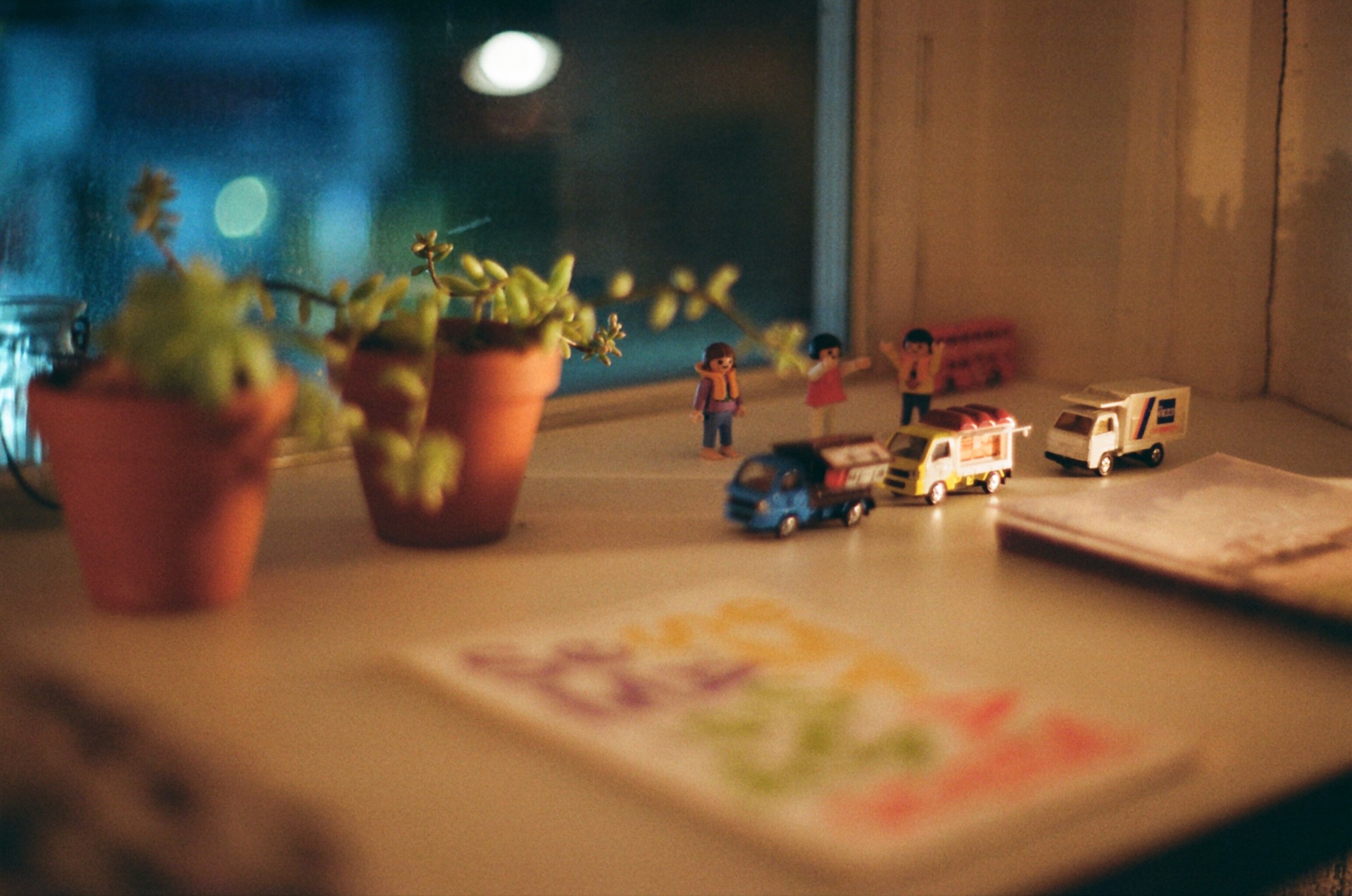
How to take your live online learning from basic to bold?
In one of my latest LinkedIn LIVE shows (you can watch the 🎥 recording 👉 here) I had the pleasure to discuss with Joshua Davies from Knowmium (https://knowmium.com) the intriguing question of “How to be authentic, create connection, & how take your live online learning from basic to bold?”
In our conversation Joshua quoted Jen York-Barr and the quote falls in line with the idea that when learners are active participants in the learning process, the more they will learn.
“The person doing the talking is often the person doing the learning.” Jen York-Barr
The following two ideas foster your participant’s learning and make them talk (and not you)!
How to use physical props in a virtual setting to reflect on the topic?
💡 Idea 1
Ask your participants to stand up and look for an object in the room they are in. The task is to look for something that represents what they have just learned. What is happening? On one hand you interrupt the sitting and listening routine and on the other hand you ask participants to creatively think about what connects that object with what the sessions was or is about.
👉 Variation 1.1.: Participants themselfes show the prop/object to each other and explain why they have chosen it. You can do this in the big group, but can also use breakout rooms if you have a larger group of participants.
👉 Variation 1.2.: You ask your participants to guess why the other participant has chosen a particular object. Joshua called this “getting into the head of the other”, it can be fun, for sure there will be many many connections popping up nobody would have every thought about. Depending on group size you can do it with everyone in the main room or just use the breakout functions of your platform.
💡 Idea 2
Using props as a “get-to-know-each-other” activity can be lots of fun and create a strong connection from the very first moment on. Depending on the task you might need to inform participants beforehand, e.g. that they join the virtual session having an object with them which is dear to them, something that is part of a hobby, or a dear memory etc. If your participants join from their home, often it is easy to even give them 3 mins to find something, but if they are not joining from their home, you need to make sure that they remember this before joining the session. As a “get-to-know-each-other” activity you could ask them to describe the object they chose, but they should not be showing it. This small detail is important now: be aware that the moment you might say “Don’t show it” > very often we exactly do what we should not do. Therefore, I am very careful with language and usually say “Keep the object hidden from the camera”. In my experience this helps. While the participants are describing the object without naming it, the other participants guess on what it is. At the end, the first person who guessed it, gets a great applause and at the end, the object is being shown into the camera. Engaging, fun and as personas as the participant him/herself choose it to be!
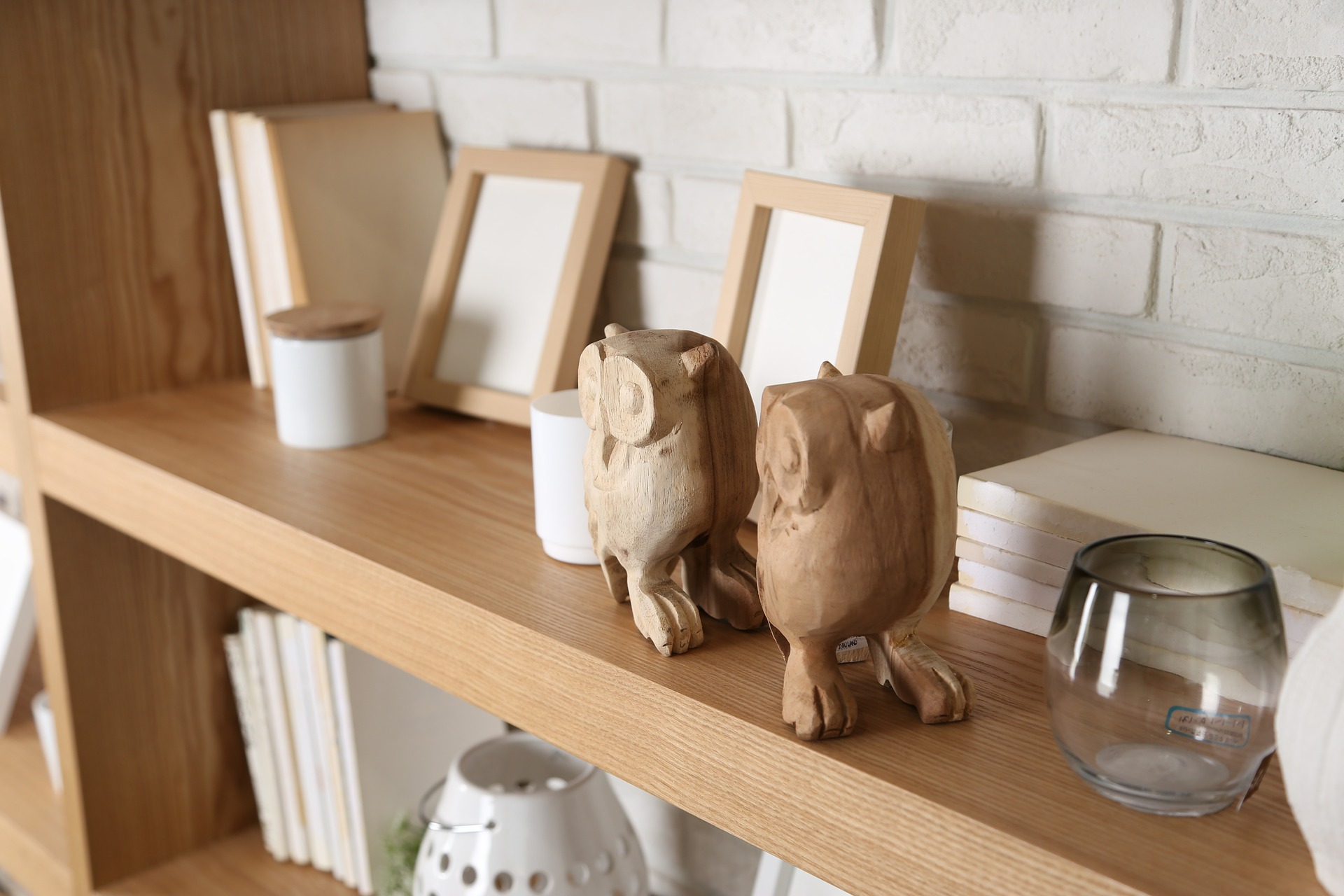
For you as the presenter, some ideas of physical props you can be using in your virtual session:
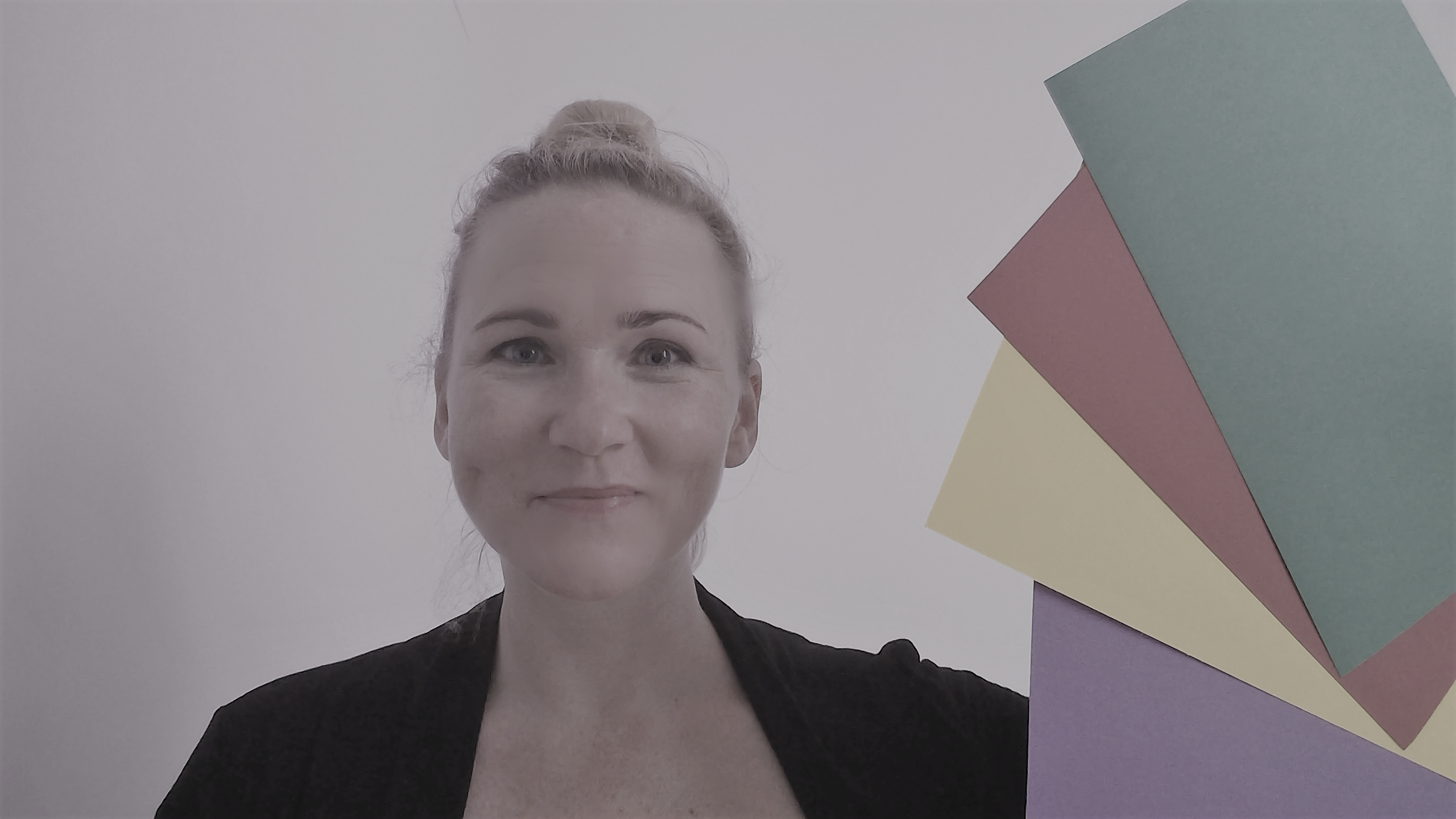
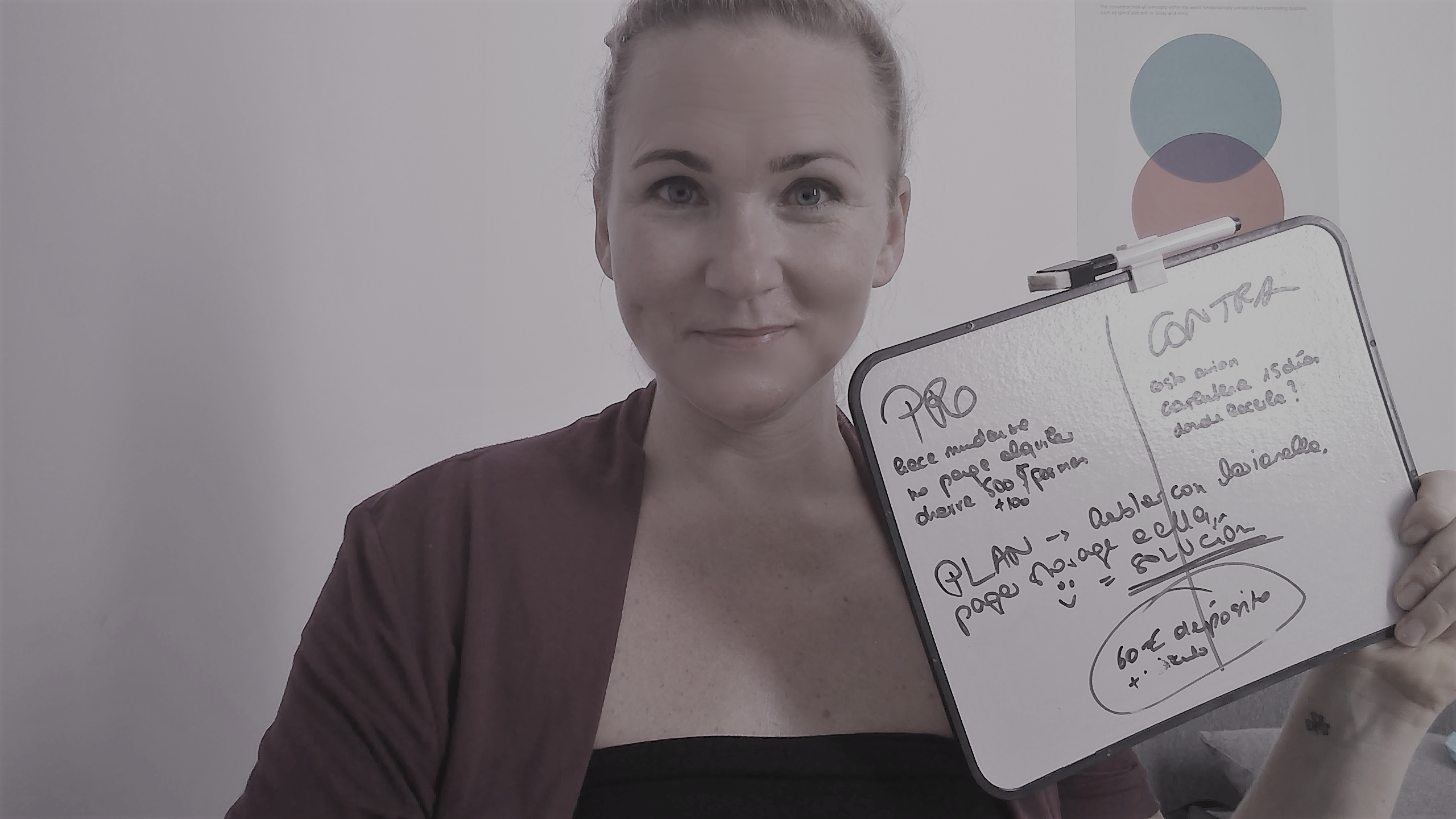
I am only using the 🎸 Ukulele 🎸 for some fun moments. Although having been 4 years in a musical school from 10-14 years of age, I am not the most talented Ukulelee player, BUT when i get the Ukulele for the first time, my participants 💖 it!
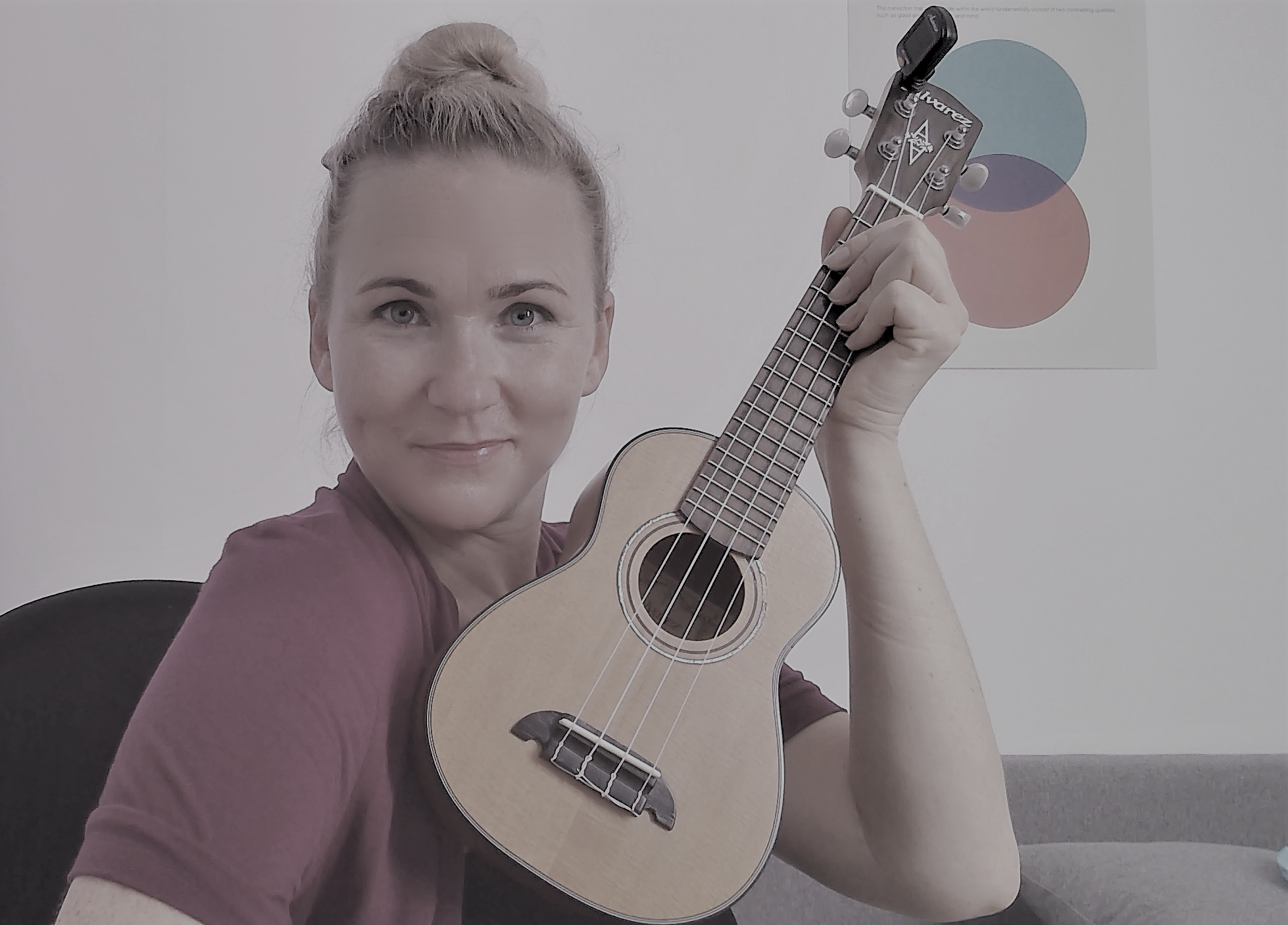
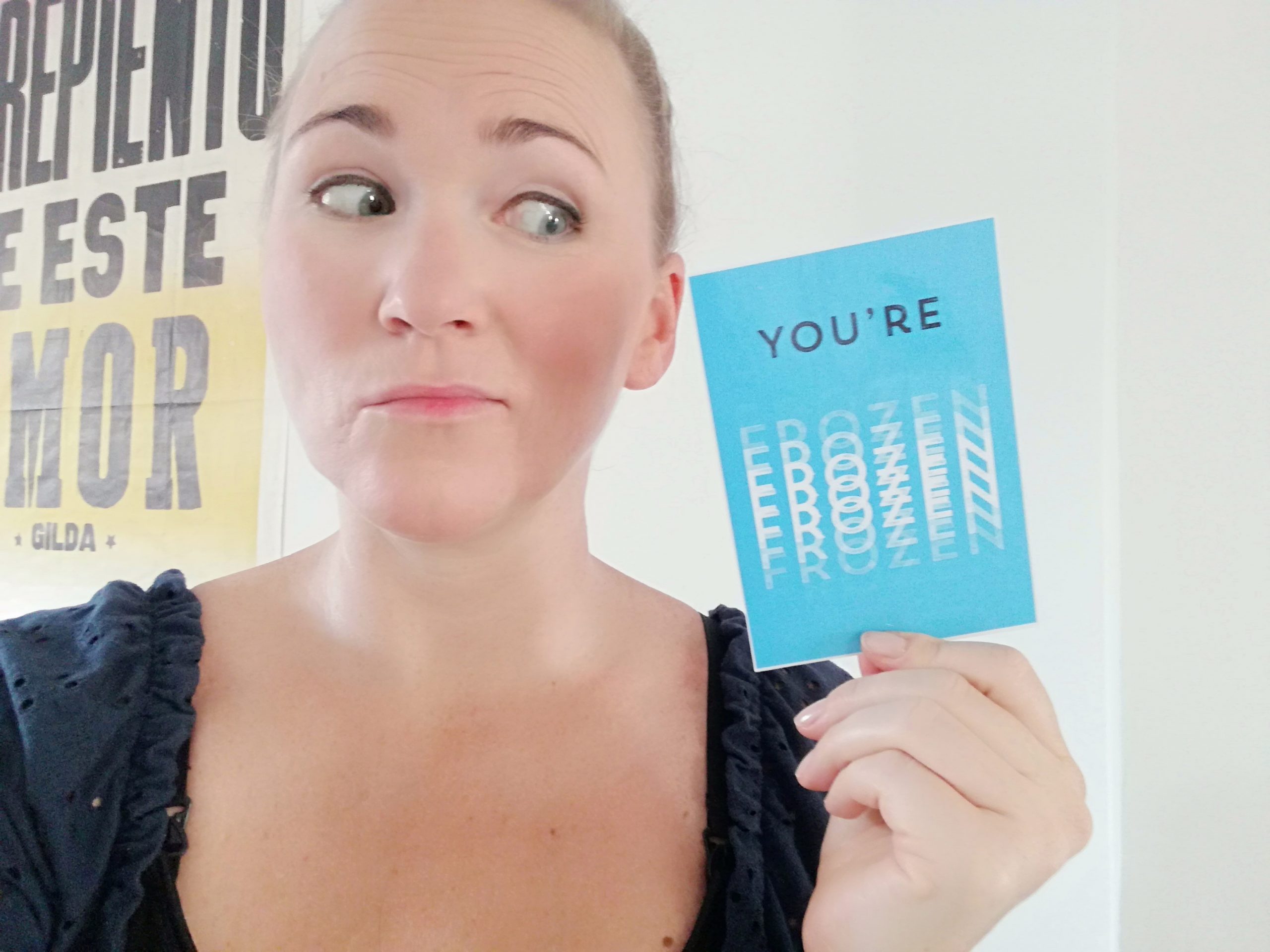
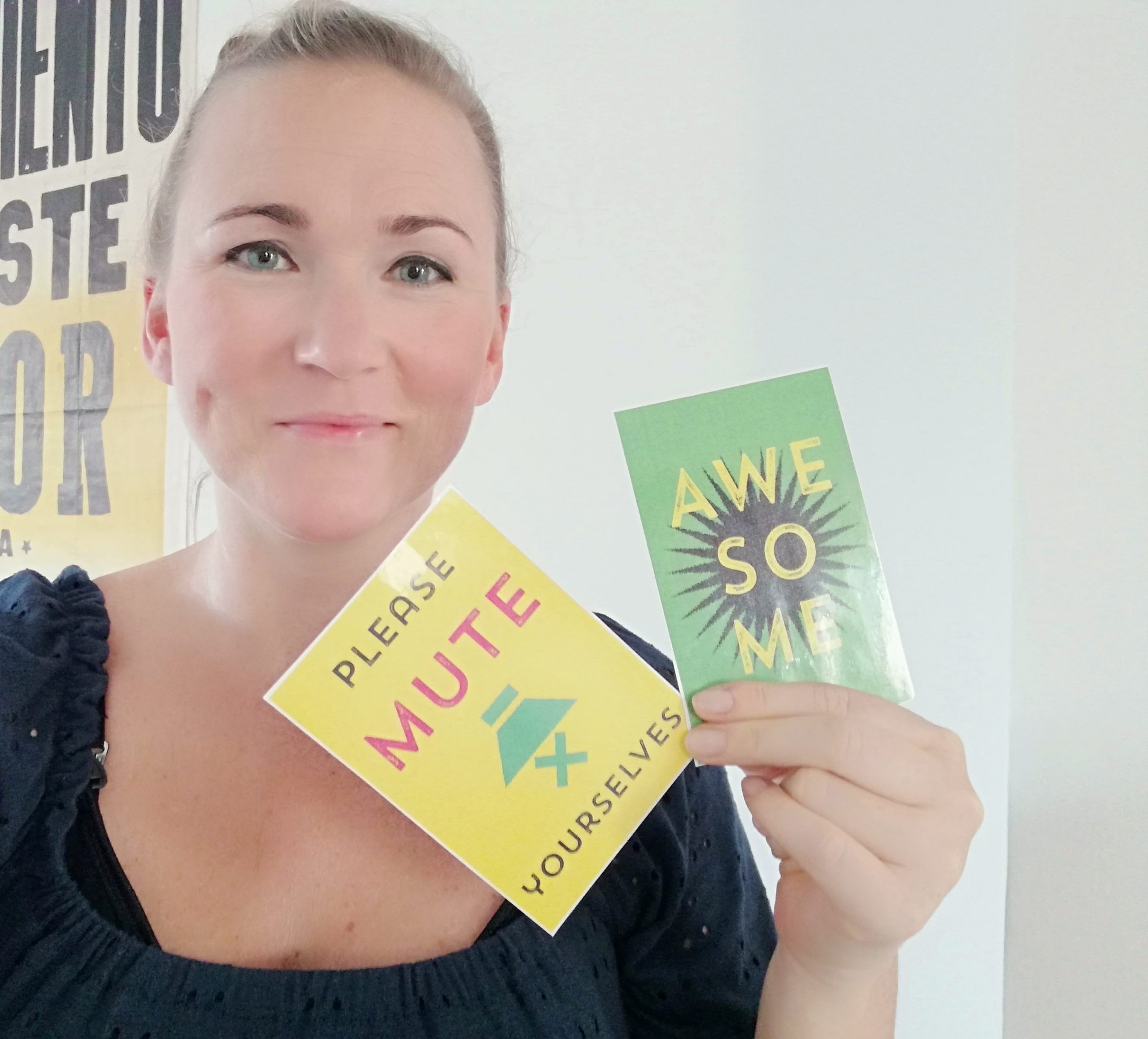
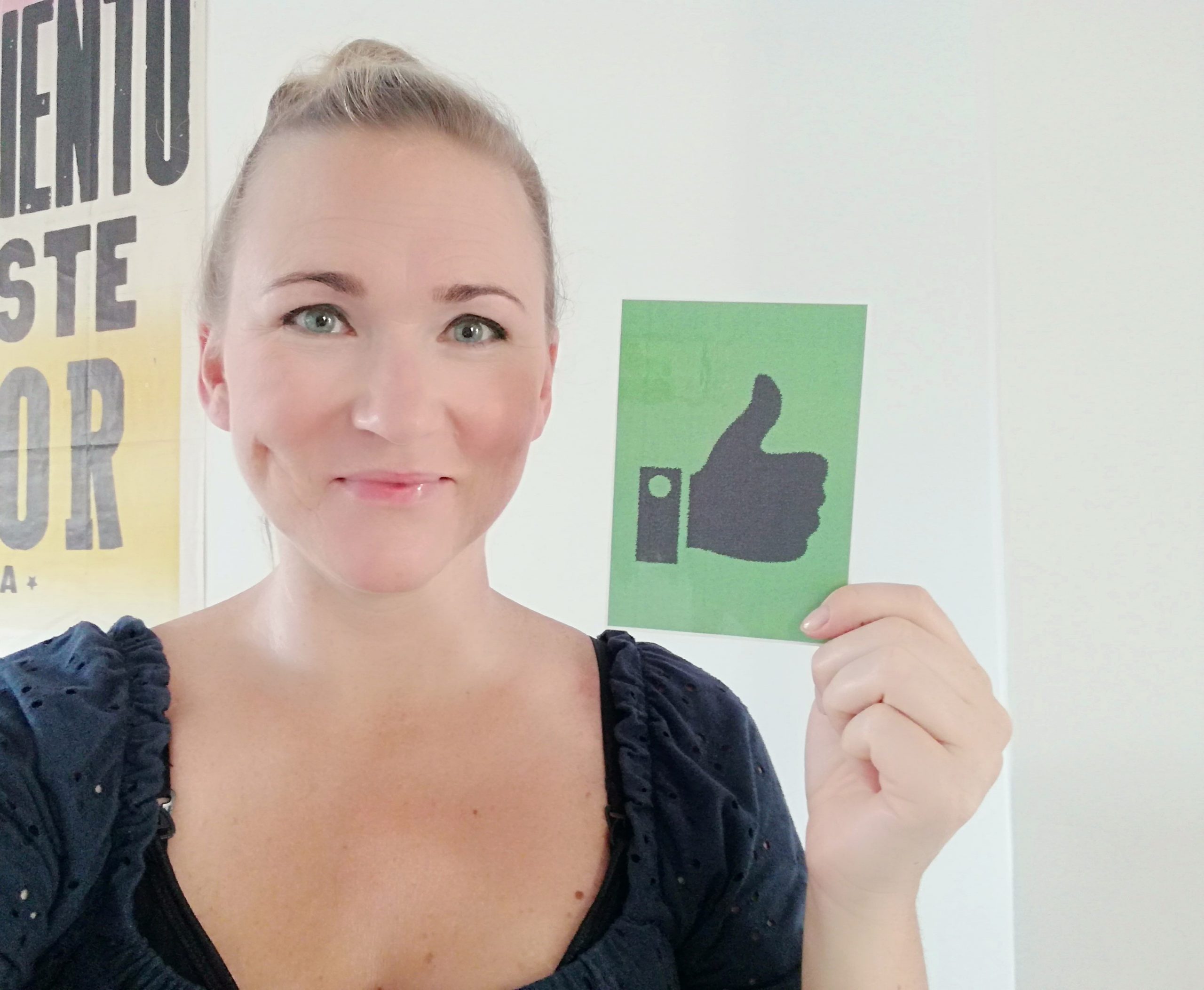
🙌 Last but not least 🙌:
Using Props for the Six Thinking Hats Activity from Edward the Bono in the virtual space
We recently wrote an article with Gabriela Weglowska with a lot of examples of how to use the Six Thinking Hats from Edward de Bono in training. Have a look at the step-by-step checklist how to go virtual with this method using props here.
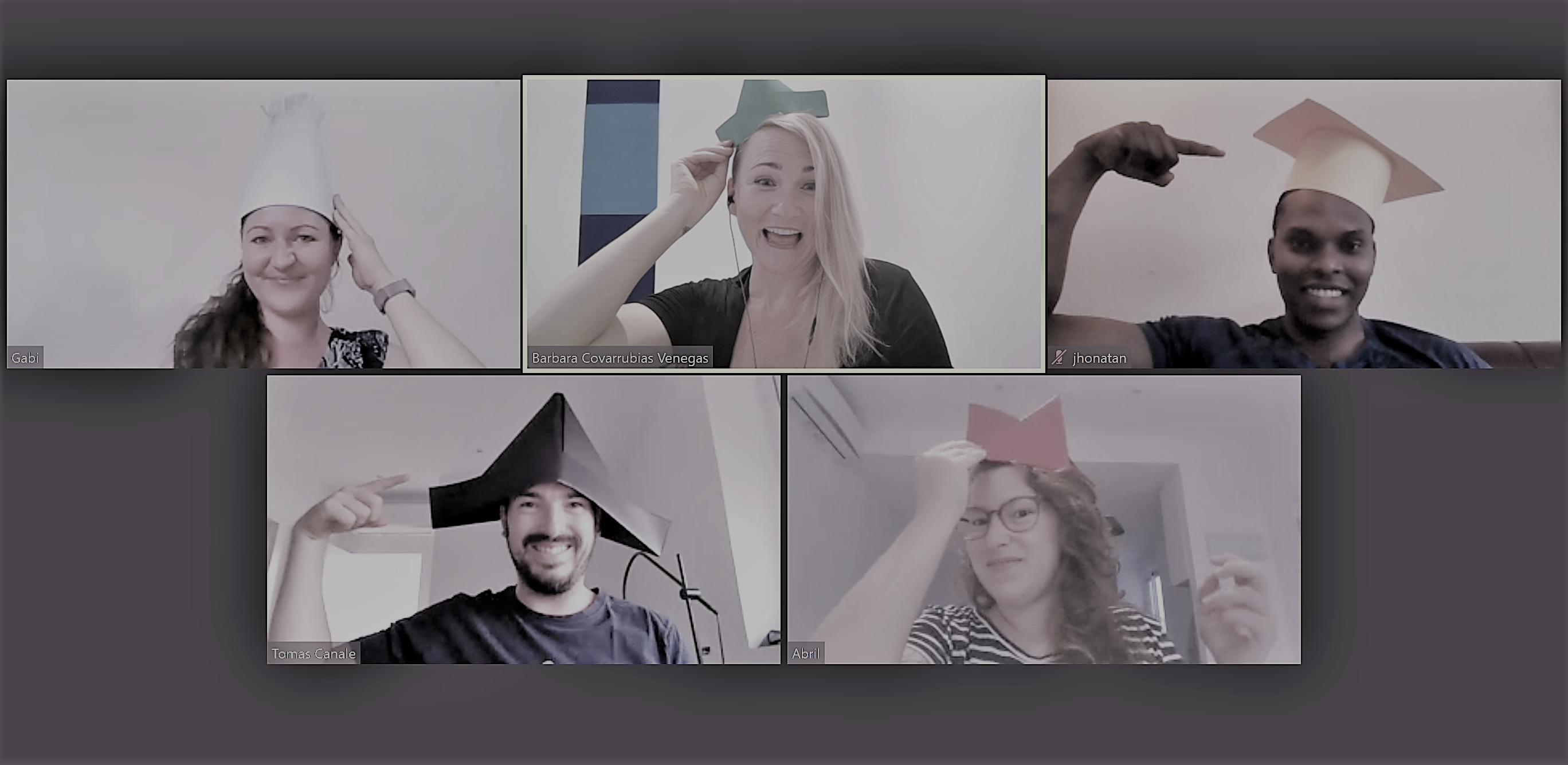





0 Comments